Common Materials Used in Custom Putters
The most common materials used in custom putters are steel and aluminum, although titanium, copper and other alloys are also used under special circumstances. Steel is the most popular option due to its weight and durability, while aluminum provides increased feel due to its lightness in comparison to steel. Titanium alloys provide a lighter option but with increased strength over aluminum or steel. Copper is rarely used due to its high cost but provides excellent feel qualities without sacrificing strength or weight.
Advantages and Disadvantages of Different Materials
Steel: Steel is durable, consistent and very strong, making it a popular choice among golfers who want a heavier club face and greater control when playing on long courses. The downside of steel is that it tends to be more expensive than other metals commonly used in putter construction. Additionally, it has relatively low fee compared with other materials like titanium or aluminum, providing fewer feedback options during play.
Aluminum: Aluminum putters offer less weight than steel but still maintain good durability levels compared to other custom options available in the market today. On the downside however, they are less forgiving than steel and may cause inaccurate shots if mis-hit during play. Additionally they do not provide as much feedback as other metallic options such as copper or titanium alloys – this makes them less suitable for golfers looking for improved feel from their club face during play .
Titanium Alloys:
Titanium alloys offer increased strength without sacrificing too much on weight when compared with standard models made from stainless steel or aluminum; as such they offer a great combination of accuracy plus feel along the contact line between ball and club face resulting from reduced impact time at contact points due to their flexibility properties . However titanium alloy clubs tend to be quite costly due to their rare ingredients – not ideal if you're looking for an affordable set of custom golf clubs .
Copper:
Copper offers great feedback when hit correctly because of its softer nature compared with traditional putter material like steel or aluminum; which means that you get good feel on both long shots as well as short chip shots where accuracy is of utmost importance.. The disadvantage however is copper's high price tag compared with other metals often used in putter construction – thus making them something of a luxury item regardless how good they help improve your overall skill level..
How to Choose the Right Material For Your Game
When deciding which material will work best for your game it’s important that you take into account both performance goals as well as budget restrictions before deciding on any particular material type - particularly when discussing things like flex points along the contact line between ball and clubface (which will be affected by different metals). Additionally consider factors such as swing speed requirements which could be better served by either more lightweight material like aluminum vs . heavier alternatives like stainless-steel options – depending on what makes more sense based on each user profile .
Understanding what kinds of shots you prefer can also help guide selection process since some might need extra help controlling spin rates better than others when using certain types of metal along their clubfaces - So always keep an open mind when analyzing different metallic compositions within this area along with compatibility preferences according current playing ability levels achieved throughout sessions held going forward eventually solidifying final verdict necessary confidence wise moving ahead…

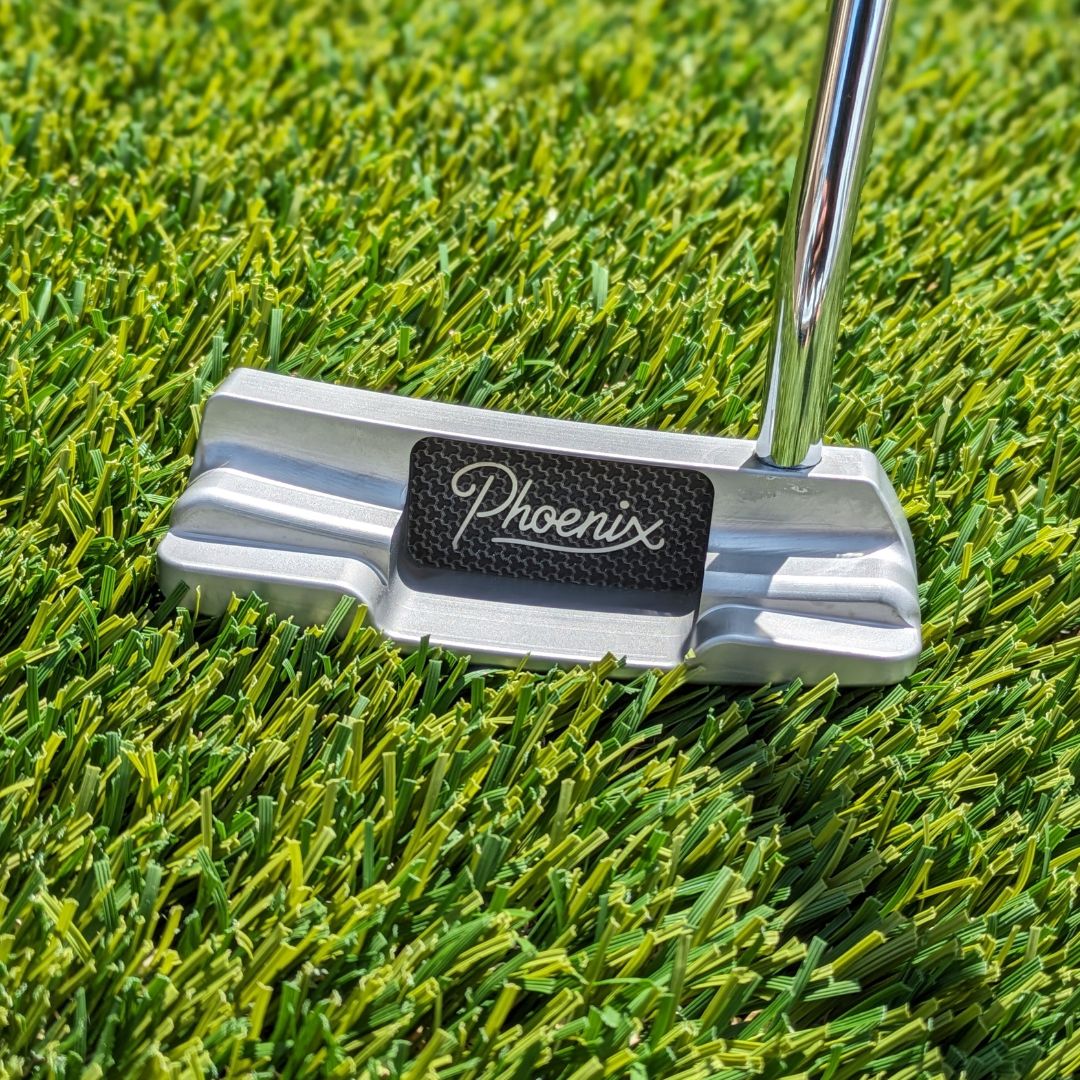

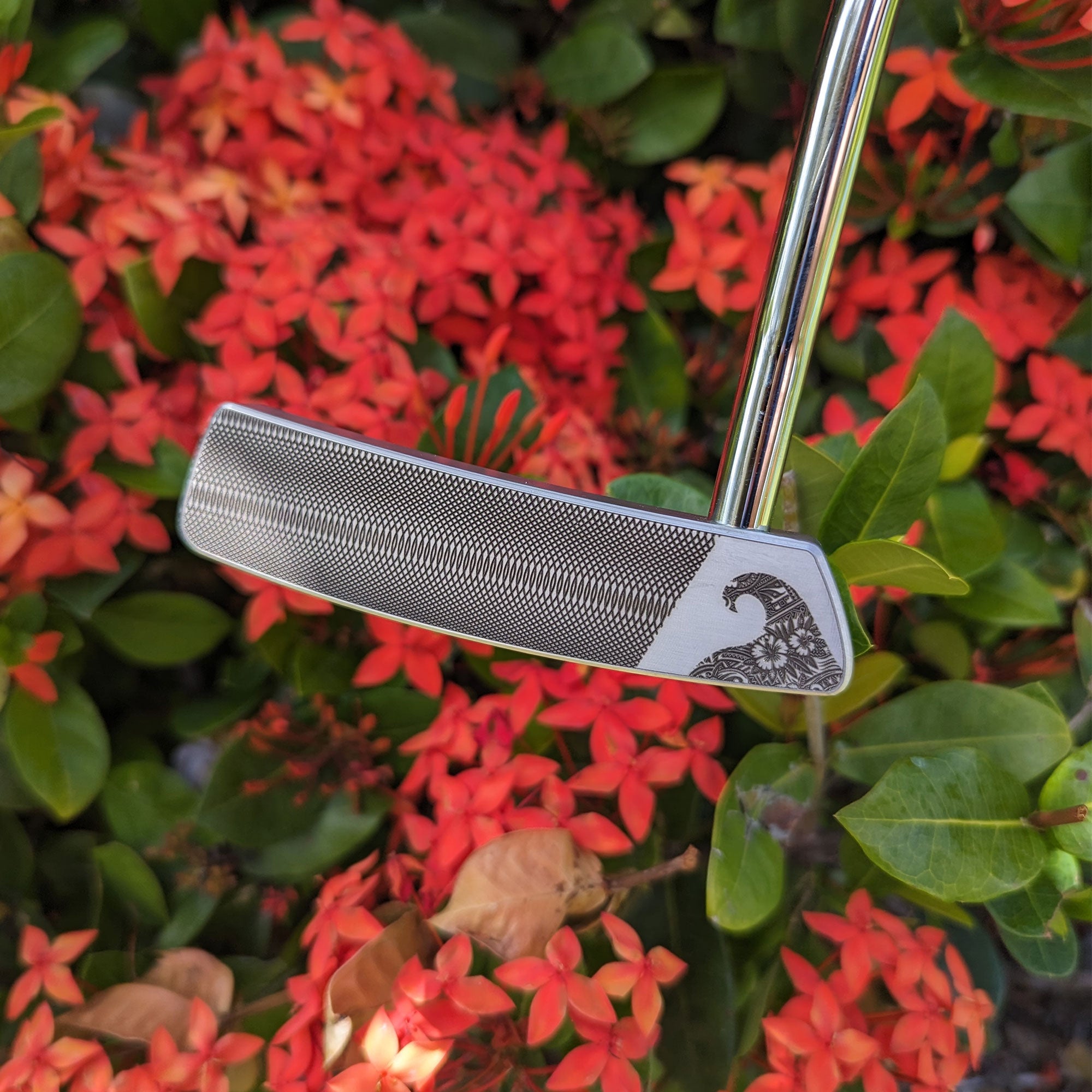
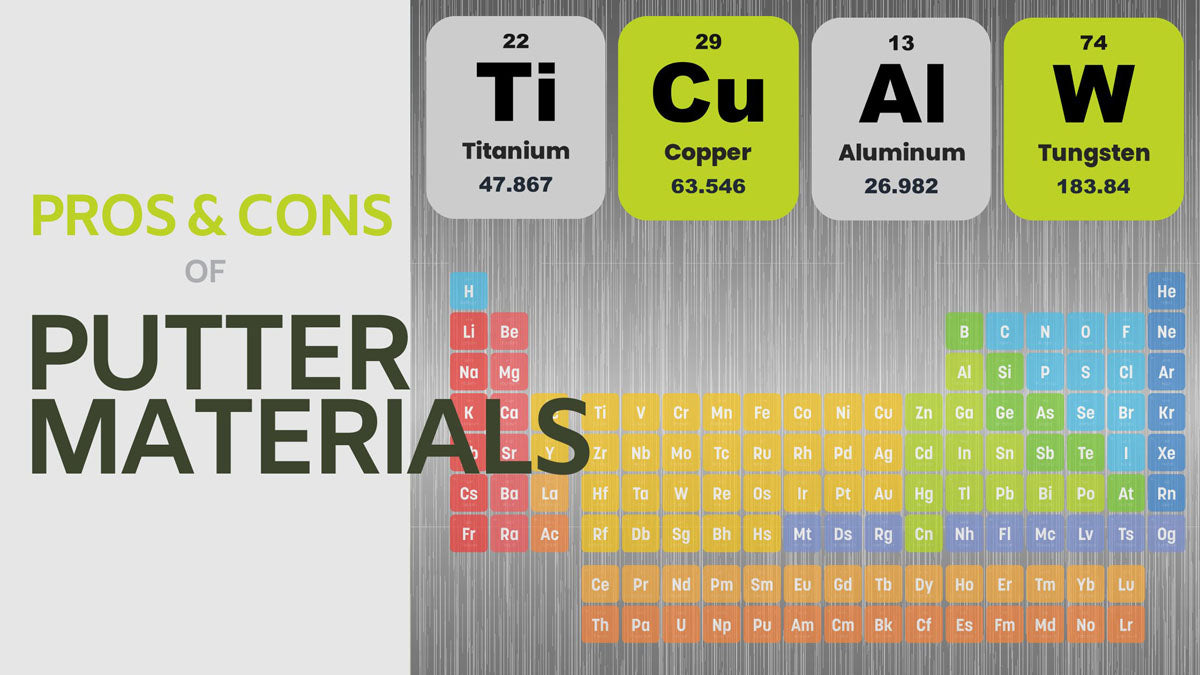
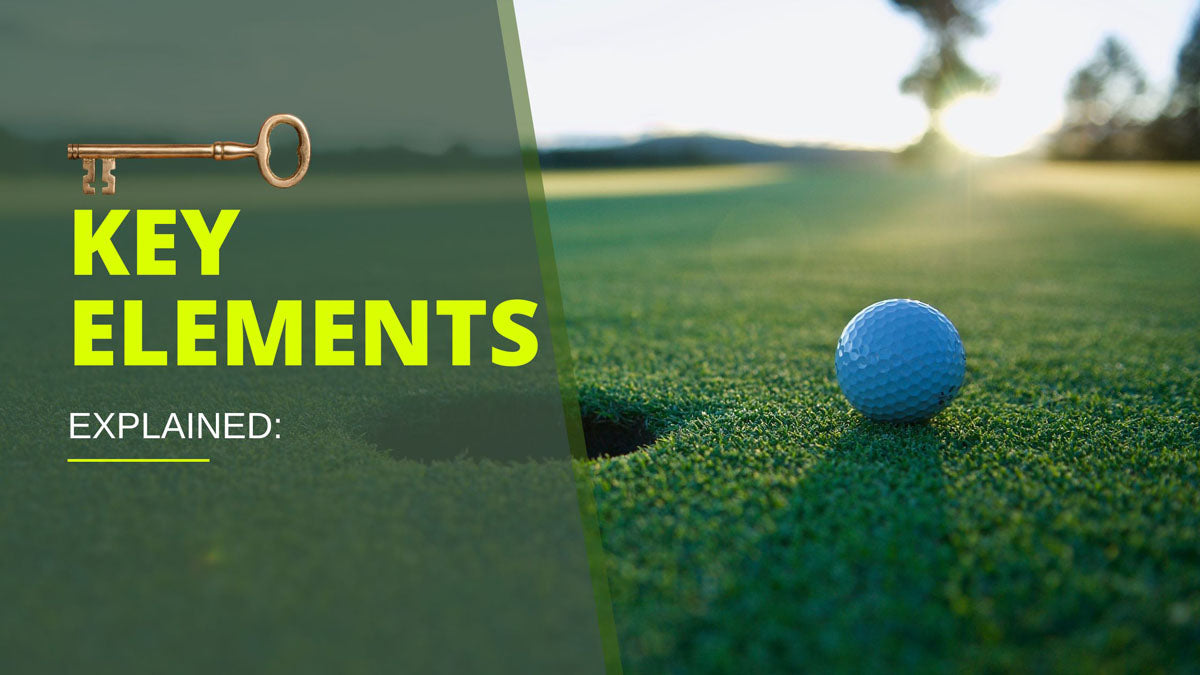
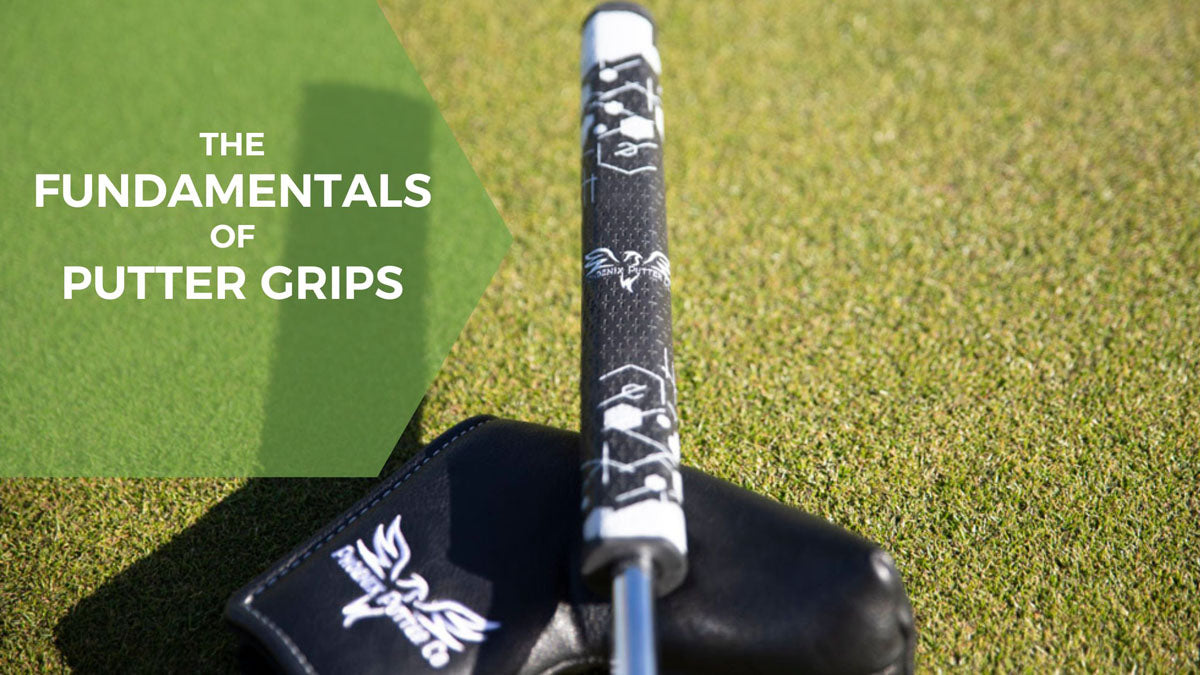
Leave a comment
This site is protected by hCaptcha and the hCaptcha Privacy Policy and Terms of Service apply.